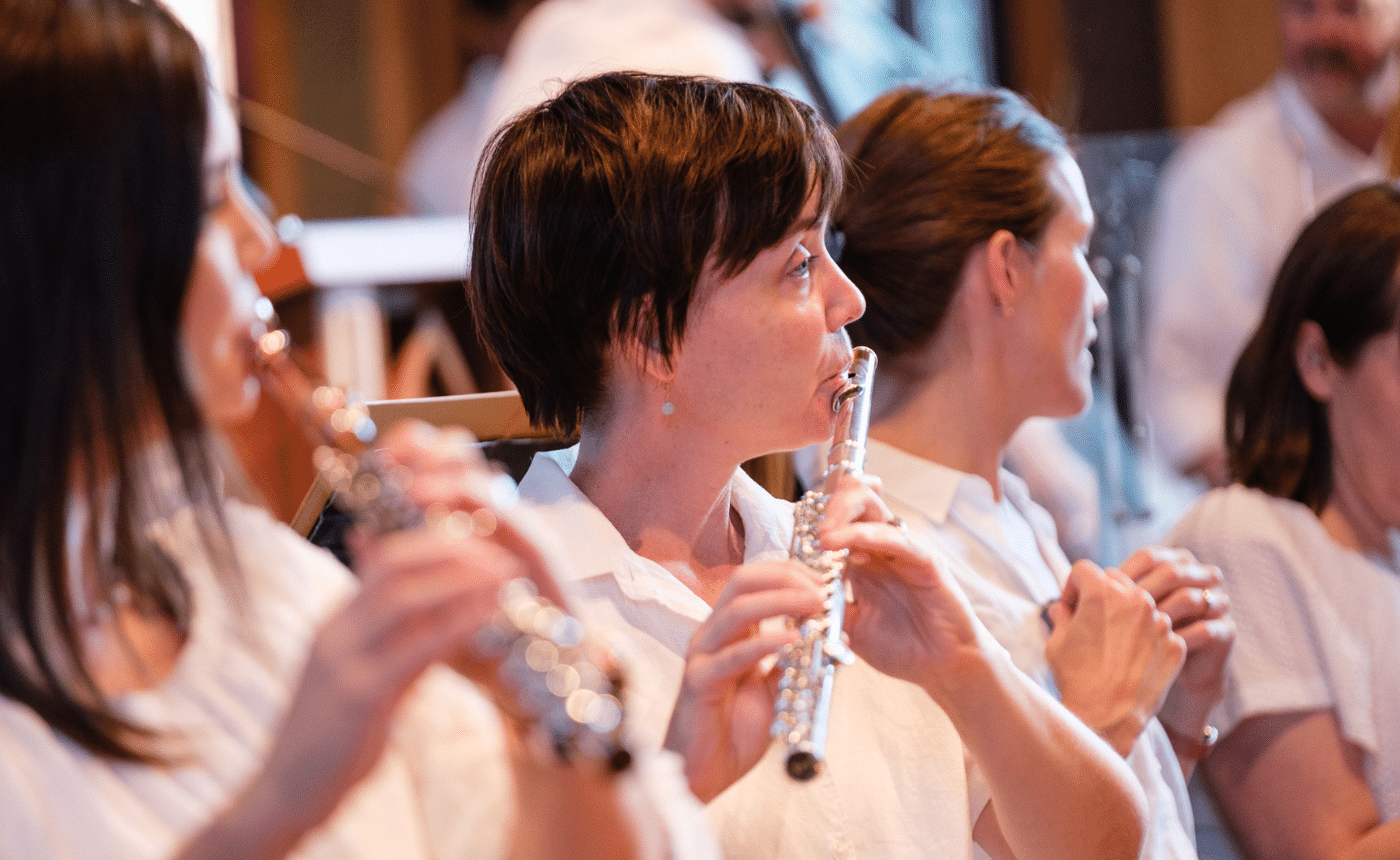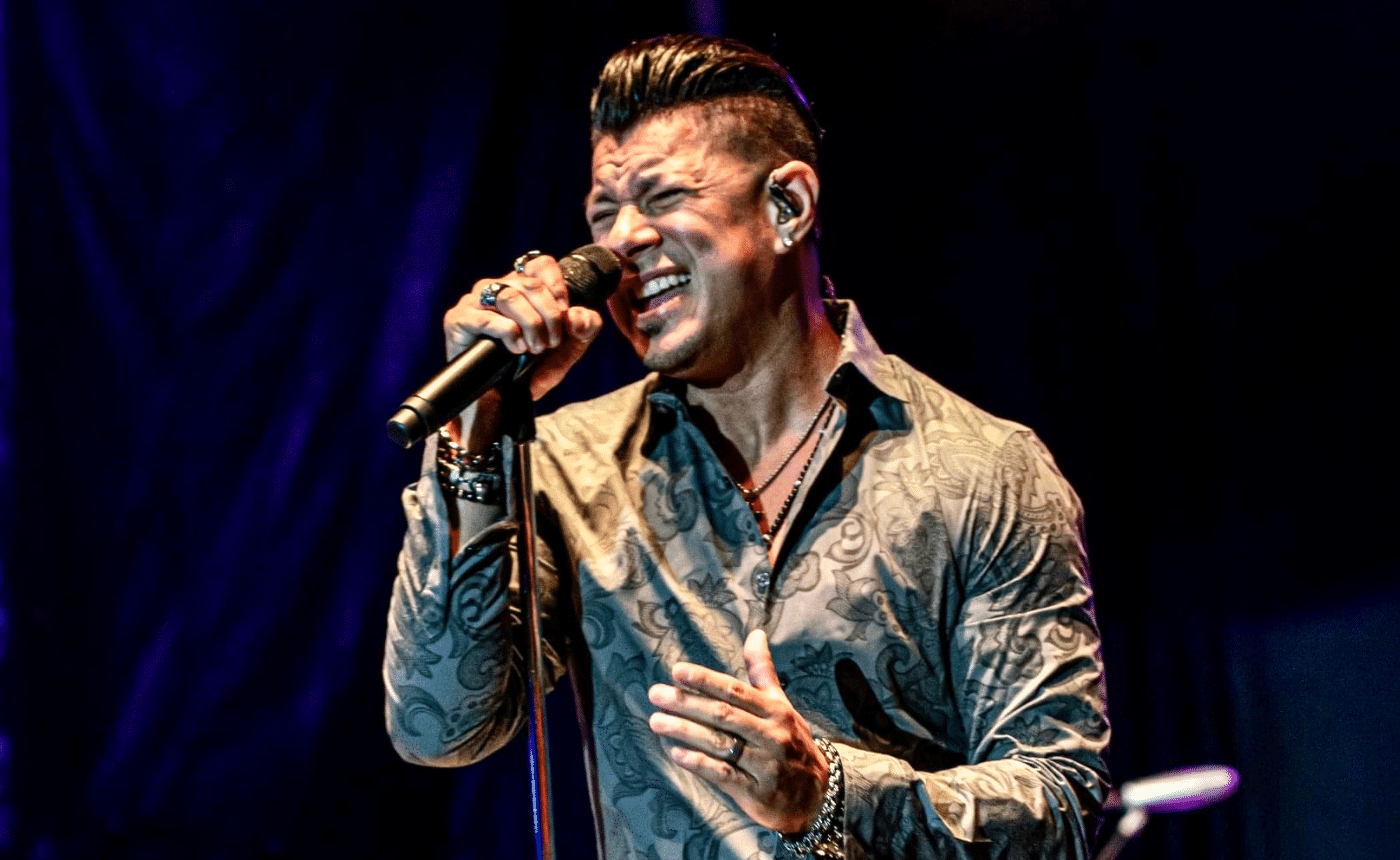Takemitsu – Spirit Garden
Toru Takemitsu (1930 – 1996): Spirit Garden
Instrumentation: 3 flutes, 2nd doubling piccolo, 3rd doubling A-flat flute , 3 oboes, 2nd doubling A-flat oboe, 3rd doubling English horn, 3 clarinets, 2nd doubling E-flat clarinet, 3rd doubling bass clarinet, 2 bassoons, contrabassoon; 4 horns, 3 trumpets, 3 trombones; vibraphone, antigue cymbals, crotales, glockenspiel, bass drum, chimes, steel drum, tam tam, suspended cymbal; strings
Performance time: 15 minutes
Background
Born in Tokyo in 1930, Toru Takemitsu was a citizen of the world whose sources, influence and artistic interests were global. As a composer he was largely self-taught. But though his musical education took place outside the traditional Western conservatory route, he worked his way through Western music theory from historical to challengingly modern, including the Second Viennese School composers Schoenberg and Berg, and French composers through the 20th century to Boulez. In all of this listening and learning he integrated the rich cultural traditions of his native Japan, where he attended the Keika Junior High School and resolved to become a composer at the age of 16. During the years after World War II, he heard Western music through radio broadcasts by the American occupying forces, including classical music by Debussy and Copland and even Schoenberg, along with the essential jazz staples of the time. He made his debut as a composer at age 20 with the piano piece Lento in Due Movimenti.
In inventing his own musical education in postwar Japan, Takemitsu sought out distinguished teachers. Toshi Ichiyanagi introduced him with European avant-gardistes including Messiaen, Nono und Stockhausen, and Fumio Hayasaka brought Takemitsu to the world of film music, helping him forge a professional association with the great film director Akira Kurosawa. Takemitsu would eventually score about 100 films, including many for Kurosawa.
In addition to music, Takemitsu’s artistic interests extended to modern painting, theatre, film and literature, especially lyric poetry. Biographers credit his knowledge of esthetic philosophy to his engagement with the intellectual Yasuji Kivose, with whom he engaged in a kind of Platonic dialog. But unlike even some committed scholars, Takemitsu lived what he learned and believed, integrating his scholarship with a deep involvement with the natural world around him. All of these elements are incorporated in his unique musical voice. The American composer John Cage, himself a nonconformist composer and a student of Asian culture, noted of Takemitsu:
I can well imagine Toru Takemitsu traveling through Japan, not to capture different aspects of the moon, but let’s say to experience the wind whistling through different trees, and returning to the city with a gift. This gift consists of the transformation of nature into art.
What to Listen For
The name Spirit Garden is evocative of both sound and silence. This is especially appropriate for a title with a twofold meaning: Takemitsu named the piece as a descriptive metaphor for the sacred ground that serves as the home of the Hida Furukawa International Music Festival, It is also connected to the structure of the work itself: Spirit Garden is based on a twelve-note tone row divided into three chords of four notes each. We hear these three chords as a continuing undertone throughout the work changing in tone color but providing what Takemitsu described for his publisher, Schott, as “an ever-present undercurrent vibrating at the fundamental, from which a musical garden is composed. The objects of sound placed about the garden are derived from the material of the twelve-note row, and aim by means of that material at a cosmological (musical) unity.”
武満 徹












